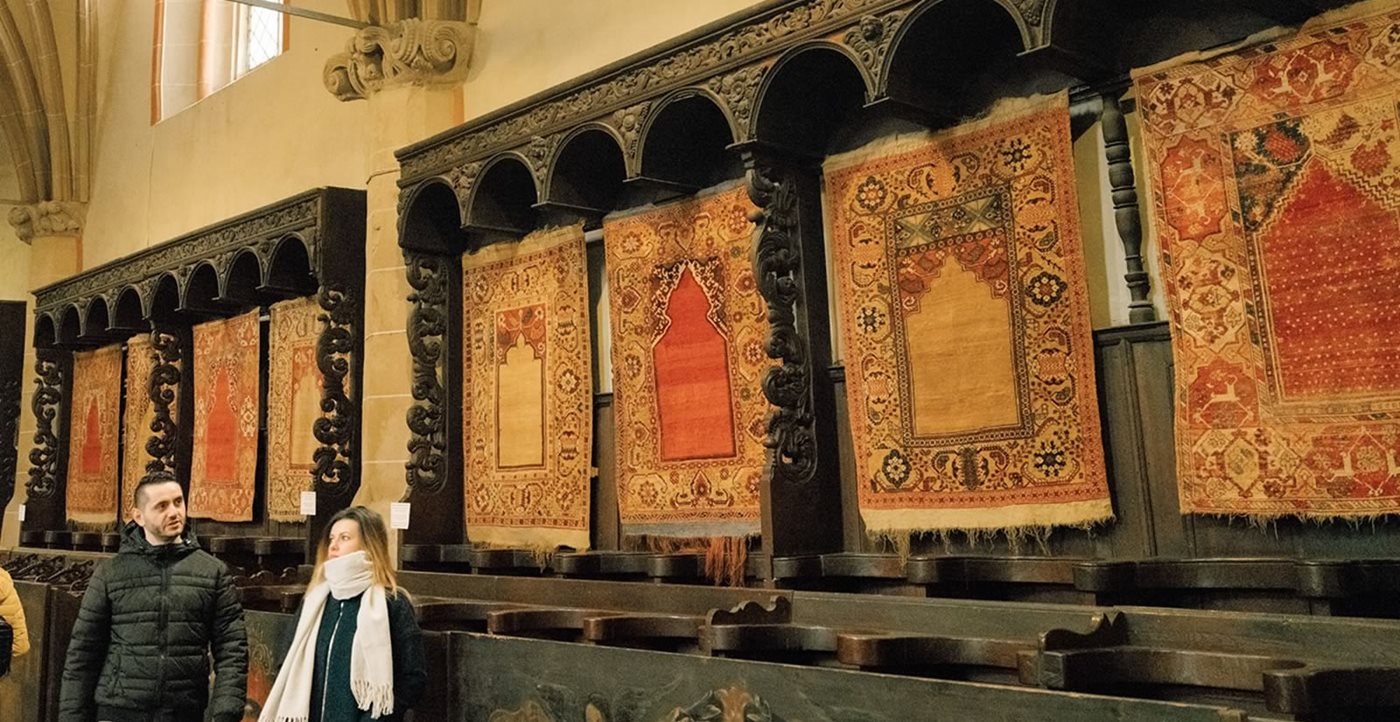Jeffrey Taylor, European Humanities University in Vilnius
The paper explores the carpet world’s most curious branch of production, known as Transylvanians, which are nodes of dispute from their creation in 16th and 17th Century Anatolia to their commerce and role in diplomacy between the Ottoman Empire and the Principality of Transylvania. The carpets are fascinating for many reasons, but, first and foremost, because they are some oldest extant, in-tact carpets in the world. They are the largest body of Anatolian carpets to be found outside of Turkey, and the single best window upon the carpet trade as it was 400 years ago. The story of the Transylvanian carpet is, in fact a cultural cocktail of 6 religions and 6 ethnicities that produced this phenomenon. The paper addresses Gantzhorn’s highly inflammatory theory of Armenian origin to Anatolian and Persian carpet development, and describes the intensely ferocious debate that
surrounds the question of whether it was Armenians or Turks who produced the flower of Ottoman production. The paper also traces the Greeks and Jews who sold them, and also the intensely divisive question of whether it was Transylvanian Saxon (German) Lutherans or also Hungarian Calvinists who
largely bought them. Nothing is certain about who owns the heritage of the Transylvanian Carpet. The paper is focused very much on religion and its role in carpet production, trade, and collection. In that sense, the paper is a combination of cultural and arts history, as well as an economic essay. Because I address a form of artistic production where Islam, Judaism, and various forms of
Christianity meet, it is, therefore, also an East-West topic, and a legal one as well, as I address the artistic response to the 2nd commandment and how different cultures and religions apply the law.
Jeffrey Taylor received his PhD from Central European University. He wrote his first book on the history of the Hungarian art market, and continues to research and publish on the art market and its problems. He is currently preparing a second edition of his textbook Visual Arts Management for Routledge. He is currently serving as the US Fulbright Scholar to Lithuania and teaching at the European Humanities University in Vilnius.
